In my past life as a CEO, I sometimes felt a sense of panic when our annual goals went from being “right on target” mid-year, to suddenly being in danger as year-end approached. Not only was there a lack of time to address the issues to correct the situation, but there was also a sense that I was always seeing lagging indicators instead of leading indicators that would have given me a better sense of what was ahead.
That ended when we instituted quarterly checkpoint meetings with employees, specifically around our annual goals.
These checkpoint meetings were short and easy to manage. Simply put, each employee had objectives that tied to our annual goals. These objectives were revisited quarterly by a supervisor or manager in a meeting that lasted less than 30 minutes. The preparation was very simple. The managers simply said to their respective employees:
We’re going to meet next week to check on your objectives for the year. When we get together, I’ll want you to bring me up to date on three things.
1. Are you on track to hit each objective for the year?
2. Why or why not?
3. What resources do you need from me or what barriers do I need to break down in order for you to succeed?
Each employee brought a written status update that answered the three questions for each of their objectives.
You’ll note that all three questions deal with the future…not the present.
These checkpoints cascaded UP the organizational chart, so that any red flags to success on any goal were looked at repeatedly as they moved up the ladder and A.) were dealt with or B.) made their way up to the executive team.
Our discussions consistently centered around what needed to be done now in order to be successful at the end of the year….when something suddenly went awry, we focused on why it wasn’t foreseen in a prior checkpoint. The organization learned that missing an objective was bad, but not raising the issue and alerting the right people as early as possible was the far greater sin.
Over time, this future focus to how everyone viewed the business was the norm and the sudden surprises stopped. In effect, the entire organization became accustomed to being an early warning device and knew that they each had the chance to officially sound the alarm three times a year and unofficially sooner if something had the possibility of derailing all of us from success.
A lot of businesses suffer because everyone is so riveted on the present. It’s like driving a car and staring only at the hood ornament. Eventually you’re going to hit something when the road bends.
Empowering and expecting everyone to keep their eye on the road ahead is critical to avoid hitting a tree.

